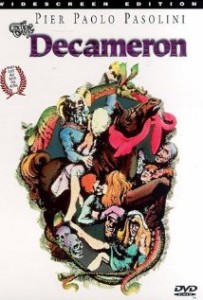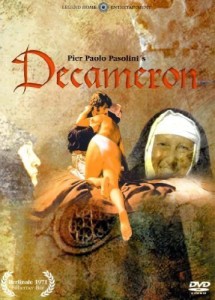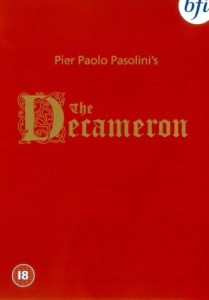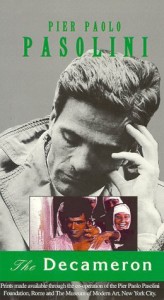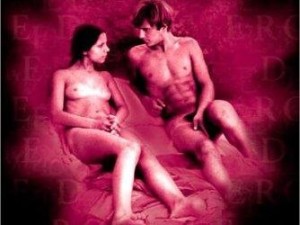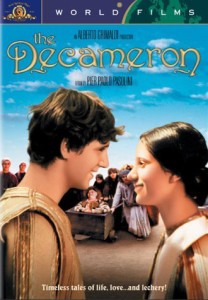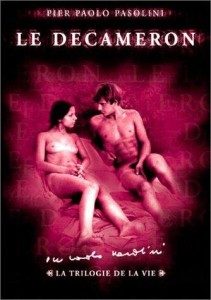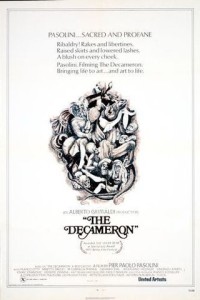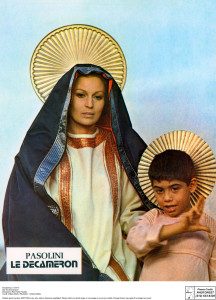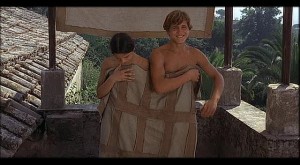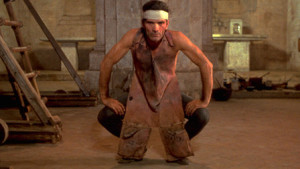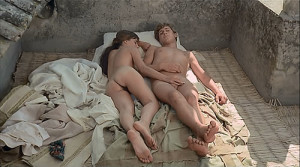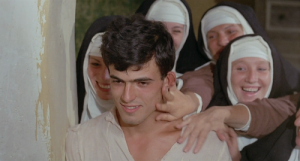The Decameron **** (1970, Franco Citti, Ninetto Davoli, Angela Luce, Silvana Mangano, Vincenzo Amato, Guido Alberti, Monique van Vooren) – Classic Movie Review 3201
Director Pier Paolo Pasolini kicks off his Trilogy of Life movies with this bawdy and entertaining 1970 film consisting of a series of eight tales from Italian author Giovanni Boccaccio’s classic 14th century book collection of 100 short stories. It stars his regular players Franco Citti (as Ciappelletto) and Ninetto Davoli (as Andreuccio of Perugia), who appeared again in The Canterbury Tales (1972).
The film is shot in Neapolitan dialect and the eight stories are linked through master painter Allievo di Giotto’s pupil, who arrives in Naples to paint a mural. Pasolini gives his film an engaging style, surging sexual energy and a beautiful surface. He also appears as Giotto, who acts as a kind of master of ceremonies as he is seen supervising the pupil’s work on the religious fresco. In a final ninth episode, the film returns to Giotto’s pupil, who has completed his fresco, where scenes from the film’s stories alternate in harmony.
Also in the cast are Angela Luce as Peronella, Silvana Mangano as The Madonna, Vincenzo Amato as Masetto of Lamporecchio, Guido Alberti as wealthy merchant Musciatto, Monique van Vooren as Queen of Skulls, Elisabetta Genovese as Caterina and Giacomo Rizzo. Jovan Jovanovic played Rustico but his scenes are deleted, also Patrizia Capparelli as Alibech.
Pasolini assembles a great team and Alberto Grimaldi’s production is beautifully shot by cinematographer Tonino Delli Colli, with lovely production designs by Dante Ferretti and another notable score by Ennio Morricone, all of whom re-convened for The Canterbury Tales.
The first of Pasolini’s trilogy based on bawdy classics, preceding The Canterbury Tales (1972) and The Arabian Nights (1973), it was the winner of the Special Jury Prize at the Berlin Film Festival in 1971, though The Canterbury Tales went one better and won the Golden Bear.
© Derek Winnert 2015 Classic Movie Review 3201
Check out more reviews on http://derekwinnert.com


